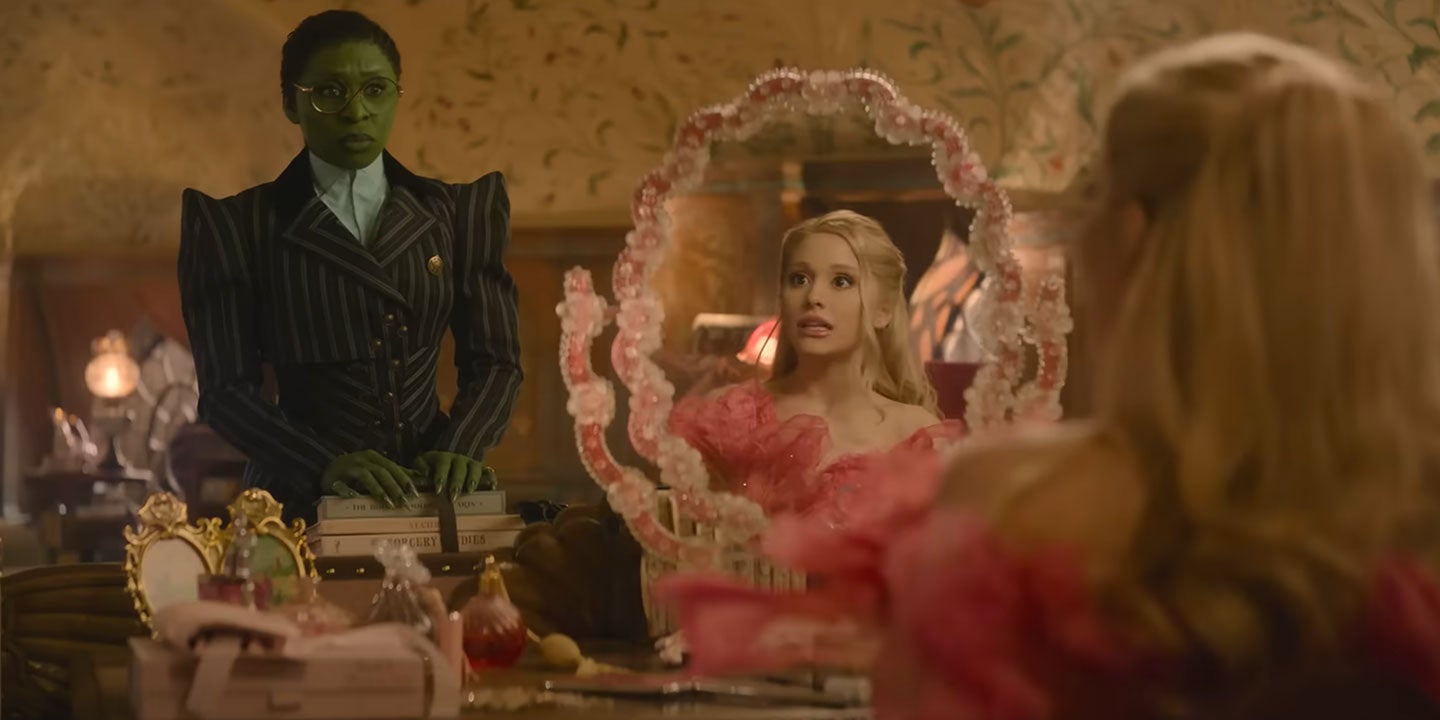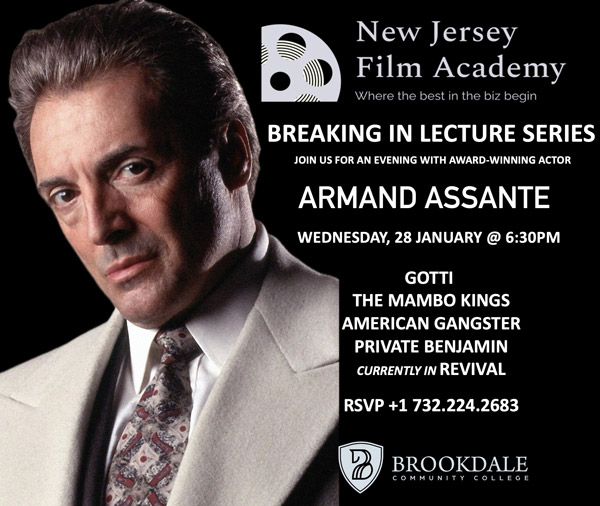
Asbury Park filmmaker retraces her town's history in the upcoming feature-length documentary "Greetings From Asbury Park" Christina Eliopoulos is currently serving as the Artist in Residence for the 2005 Two River Film Festival. Her credits also include co-writer of the CBS special documentary "The Wall Within" and "This is My Line" produced for a non-profit arts group Free Arts for Abused Children. Her documentary, "Greetings From Asbury Park" will debut at this year's Two River Film Festival in November. Christina dropped by the office to discuss her film and her thoughts on Asbury Park's return to glory. When did you come up with the concept for "Greetings From Asbury Park"?
I got back from film school in Los Angeles in 1994. I came back home and I remember looking around and wondering what happened here? Where did it all go? How can I possibly get it back? And the idea sort of drifted in and out of my head for a few years. I have a little girl now who's almost ten years old. In 1999, we moved from New York back down to Asbury. I was walking down the boardwalk with my little girl and she had seen pictures of the boardwalk and carousel and she says, "mom, where did all the fun go?" And I couldn't answer that question. So I started thinking about it and the very first piece I created was a wistful, nostalgic film called "Wish You Were Here". It was very much an indulgent director thing. It was cathartic. It wasn't done for anyone but me and everybody said what are you doing this for? Because, of course, as a filmmaker in this culture you're not allowed to make anything just for you. You've got to spin it into a side business, but I could have cared less. This was just to exorcise my demons, but the more I thought about it the more I realized that maybe I did have a story to tell. And maybe I could answer that question for my kid. So in 2001 I met with this incredibly talented cinematographer and we just both hit it off. That's when I started conceiving the whole film. And over the last few years, like most documentary filmmakers, you raise a little money and you shoot; you raise some more and you shoot again; real life gets in the way and you get a couple of big gigs and pay the bills. I've never met a documentary filmmaker who says to me "you know what? It was a piece of cake getting the money for this film." The timing seems to have coincided with the announcement of the town's redevelopment plan.
Artists are always drawn to stories that are like themselves. People have talked about Asbury Park as a she. No, Asbury Park is sort of like this old man and a hippie and a child of the jazz age and one of those guys frolicing around naked in the waves all at the same time. It's a he. This town is not feminine, this town is mascaline and I was drawn to him. Artists always choose stories that parallel their own life so it was like here I am on this artistic quest. I'm an emerging director with no significant credits to speak of and I'm having an identity crisis! Well, you're not supposed to have an identity crisis when you're a nobody, you're supposed to have one when you're famous! Did you always plan on it being a feature-length documentary?
In my head yes. Did I ever think I was going to do it? No. It's kind of impossible. Independent filmmaking is having an idea and asking people to invest $200,000 in that idea. Of course, at the end of the day you have a product that is beautiful and a work of art. But it's a hard sell. What is somebody that grew up along the Shore going to see in the film that may surprise them?
It depends on the generation. People in their 20s to 40s probably did not know about the vast reach and popularity of this little town. It is 1 1/4 miles and that's it! Those who are considerably older than us know. They know the reach and the cultural impact it had. When people talk about the music history it's not just Bruce (Springsteen) and Southside (Johnny & the Asbury Jukes) there is an extraordinary legacy of music here. One thing that may surprise them is that what happened in Asbury Park during the riots was kind of mirroring what was happening across the country but there were only riots in select cities. There were riots in five cities in New Jersey between 1968 and 1970. So, I hope that people understand that Asbury Park is this extraordinary experiment with class and race. I want people to come away from the film saying "ok, this is what we've done wrong and this is what we might have learned in regards to race, class, ethnic identity, and cultural identity. I don't want to school people. What I want is that when people look at this film, I don't want them to be able to take their eyes off of the screen. Because that's what Asbury Park is. When you shoot Asbury Park - anywhere you point your camera you get a sense of what was there and the hopefulness of what it could be. The reason it's so rich is because millions and millions of people have passed through here. That energy is still around. Artists have always been drawn to Asbury Park. What drew them during the glory years? And what drew them during the decline? As a struggling artist you come to a place and everywhere you look is beauty; as an emerging artist everywhere you look you see character studies - there's the boardwalk, the great social experiment; the rich and the poor and the suckers - as an artist, you look at this and you cannot believe that all of this raw material is in front of your face. Artists are inheritantly drawn to places of beauty. This was the paragon of urban design. It still is. You look at the way the town is laid out and you see its magnificent structure; the way the streets flare out at the end and the ocean breezes can go all the way throughout the town; the way the boardwalk is aligned so you have something to look at in each end. Resorts are places of illusions. As an artist, we like to think in illusions and images. Asbury Park was a place based on image and artists like to align themselves with successful images. Why were people drawn to it when it was in decline? The obvious answer is cheap rents and cheaper drugs, but there was an energy - a vitality - that was real.
Gary Wien has been covering the arts since 2001 and has had work published with Jersey Arts, Upstage Magazine, Elmore Magazine, Princeton Magazine, Backstreets and other publications. He is a three-time winner of the Asbury Music Award for Top Music Journalist and the author of Beyond the Palace (the first book on the history of rock and roll in Asbury Park) and Are You Listening? The Top 100 Albums of 2001-2010 by New Jersey Artists. In addition, he runs New Jersey Stage and the online radio station The Penguin Rocks. He can be contacted at [email protected].









